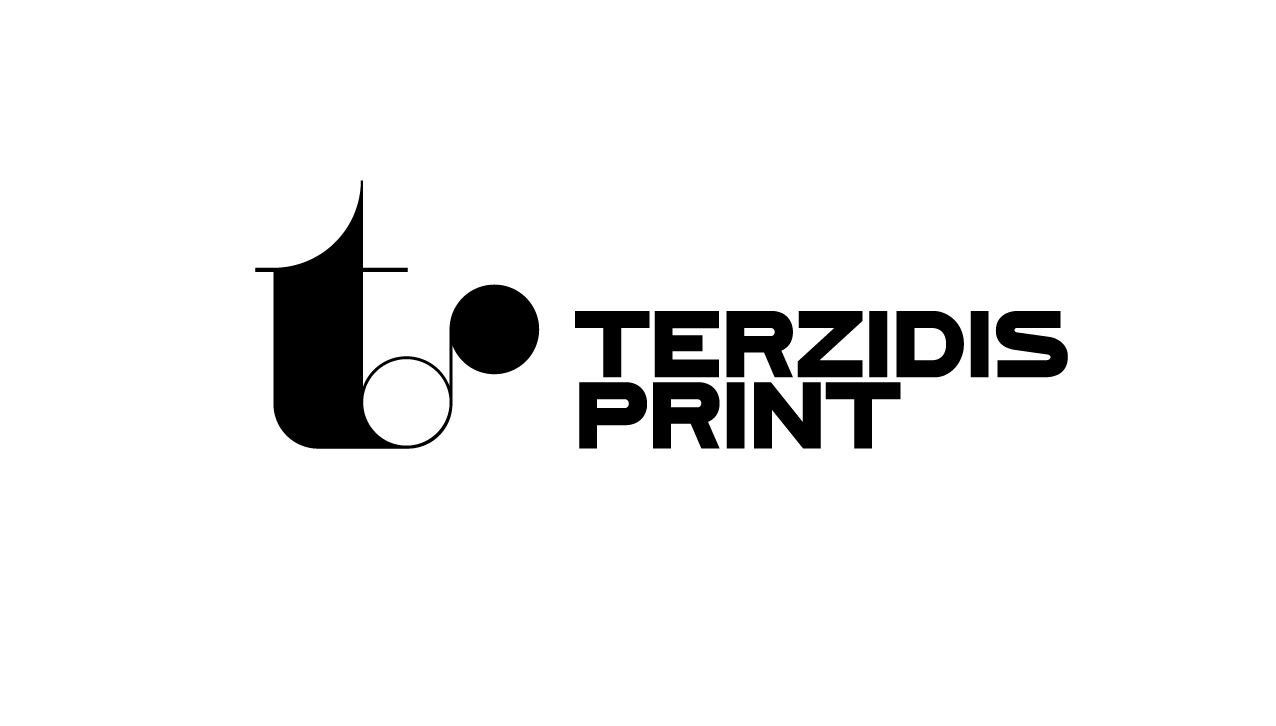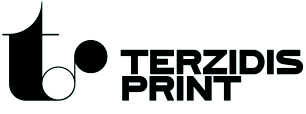
1. Which file formats do we accept?
Please only use closed file formats including PDF, JPG, TIFF, EPS.
2. Is white considered a printing colour?
Not always! Because white is the default color of paper, it is simply recognized as the absence of ink.
3. Why do the printed colours look different than the colours on my screen?
Monitors use the RGB (red, green, blue) color model, which usually supports a wider spectrum of colors. Printers use the CMYK (cyan, magenta, yellow, black) color model, which can reproduce most—but not all—of the colors in the RGB color model.
4. What do I need to be aware of when creating my print file?
Please make sure that you have selected the correct colour profile when saving your files and converted all fonts into curves.
5. What is CMYK?
CMYK is also referred to as ‘Full colour printing’ or ‘Four colour printing’ and is the most commonly used printing technique. The system uses 4 colour primary colours as its base – Cyan, Magenta, Yellow and blacK – with various combinations of these 4 it is possible to produce virtually every colour you can imagine.
6. Why an additional bleed?
Please remember that your print data always has a bleed of 3 mm on each side to avoid white areas on your printed product. This means that background images and graphics should always be created 3 mm more than the actual format.
7. What is the difference between coated and uncoated paper?
Uncoated paper is comparatively porous and is typically used for such applications as newspaper print and letterheads. Coated paper is made of higher quality paper having a smooth glossy finish that works well for reproducing sharp text and vivid colors.
8. What is creasing?
Where a line is scored to allow for easier and tidier folding. Any paper over 250gsm in weight will need to be creased before folding.
9. What do you mean with finishing term?
The term finishing is used to cover the operations that take place after the actual print run and lead to the finished printed product. Depending on the type of product, this includes folding, collating and trimming of the printed sheets, as well as binding and possibly also packing.
10. What is water based varnish?
Water based varnish is a material that is added to the form during the production process. Essentially, a thin, silk or glossy coating is added. In this way, the product dries faster, provides protection against extraneous factors such as fingerprints, scratches, etc., and extends its shelf life. Lastly, the water based varnish adds aesthetically pleasing finish, giving the finished product a sense of luxury.
11. What is overprint?
Overprint is when one colour object overlaps another, and is normally only used for special effects within a design.
12. What is Perfect Bound?
Perfect bound is an adhesive form of binding. Signatures that are folded will have a section of spine cut off with the back edge rougheed, glue will then be applied and the cover attached.
13. What is Saddle Stitch?
A form of binding that uses staple shaped wires through the middle fold of collated sheets. In saddle stitched work that printed sections are inserted one inside the other on a saddle before stapling along the back fold.
14. What is color separation?
Color separation is the process of separating a colored graphic or photograph into its primary color components in preparation for printed reproduction.

